Reviewed by Julianne Ngirngir
Apple's been quietly shaking up iPhone launches for years, but 2026 could mark the biggest strategy shift since the original iPhone. New reports suggest the iPhone 18 lineup will drop a model entirely—but before you panic about losing options, this might be the smartest move Apple's made in years.
Here's what you need to know: Apple plans to split its flagship iPhone lineup between two launch windows annually starting in 2026. The iPhone 18 Pro models and a new foldable iPhone will arrive in fall 2026, while the standard iPhone 18 will follow in spring 2027. But here's the kicker: one model type might get the axe entirely.
During our analysis of current iPhone sales patterns, the data tells a fascinating story. Base iPhone models captured 42% of sales in 2024, while Pro Max models held 26% and Pro models took 19%. The Plus models? Just 13%—and that number reveals everything you need to understand about Apple's upcoming pivot.
The Plus problem nobody talks about
Let's address the elephant in the room: Apple's "fourth model" experiment has been a consistent commercial disappointment since its inception. The iPhone Mini was supposed to satisfy small-phone enthusiasts, but Consumer Intelligence Research Partners found it captured just 6% of iPhone 12 sales during launch. The iPhone 13 Mini performed even worse at less than 3%.
Apple's pivot to the iPhone 14 Plus showed improvement—a 59% sales increase over the iPhone 13 Mini. But this highlights a deeper pattern: customers consistently avoid the middle-ground option when faced with a $100 price difference versus Pro models.
The psychology behind this purchasing behavior is revealing. At just $100 less than the Pro model, most customers rationalize upgrading to access enhanced cameras, better displays, and premium materials. The iPhone 17 Air (replacing the Plus in 2025) faces identical market dynamics. While Bloomberg's Mark Gurman expects it to outperform Mini and Plus devices, Apple's reportedly allocating just 10% of production to the 17 Air—a clear signal they're managing expectations.
What happens when Pro models rule the fall
Here's where Apple's iPhone 18 strategy gets brilliant. By isolating Pro models in their own fall launch window, Apple can concentrate all marketing resources on premium devices when upgrade cycles peak. Recent data shows Pro models captured their lowest December quarter share in five years at just 39%, partly because the iPhone 16 base model received the same A18 chip as Pro versions.
This dilution effect disappears with separated launches. Fall 2026 becomes exclusively about premium experiences: cutting-edge Pro performance, Pro Max screen real estate, and revolutionary foldable technology. No competing narratives, no feature confusion, no price comparison paralysis.
Spring 2027's standard iPhone 18 gets equally focused treatment. Without Pro siblings stealing spotlight, Apple can dedicate serious upgrade resources to base models—think ProMotion displays, variable aperture cameras, and other features typically reserved for Pro versions. Industry analysis suggests this approach could accelerate premium feature trickle-down by 12-18 months.
The financial logic is sound too. Apple's facing projected revenue challenges, with iPhone sales potentially declining mid-single digits by 2026 without strategic adjustments. Eliminating underperforming models while maximizing successful categories addresses this head-on.
Why this actually benefits you
This mirrors Apple's proven MacBook strategy—and here's why that comparison matters. The original MacBook Air succeeded by occupying clear positioning between regular MacBooks and MacBook Pros: premium design without performance compromises that most users didn't need. Gurman notes the iPhone 17 Air attempts similar positioning, but it's still fighting for attention in a crowded four-model lineup.
PRO TIP: The iPhone 18 approach eliminates this positioning confusion entirely. Instead of spreading engineering talent across four models with overlapping appeals, you get focused development resources. Pro users receive cutting-edge technology optimized for fall shopping cycles. Mainstream users get refined, feature-rich devices perfectly timed for spring tax refund season.
The timing alignment works beautifully with consumer behavior. Fall launches capture holiday shoppers and back-to-school upgraders willing to pay premium prices. Spring launches target budget-conscious consumers seeking value during traditionally slower retail periods. Chinese market analysis suggests this dual-season approach could significantly boost iPhone market share by hitting both major purchasing windows.
Think about it from a practical perspective: if you're considering an iPhone upgrade in spring 2027, the standard iPhone 18 won't be competing against flashier Pro siblings. It gets to be the star of its own show, potentially with features that would have been Pro-exclusive under the old system.
The foldable wildcard changes everything
Don't overlook the strategic wildcard: Apple's planning a foldable iPhone alongside the iPhone 18 Pro models. Ming-Chi Kuo reports Apple will use liquid metal hinges to improve durability and reduce screen creasing, with TSMC's 2nm A20 chip providing the processing power for this form factor revolution.
Picture this fall 2026 lineup: iPhone 18 Pro for premium performance seekers, iPhone 18 Pro Max for large-screen enthusiasts, and foldable iPhone for early adopters wanting revolutionary functionality. Each model serves distinct user needs without cannibalizing others. No confused Plus model nobody quite understands.
The foldable introduction also justifies eliminating traditional fourth models. Why maintain a Plus variant when you can offer a genuinely innovative form factor that commands premium pricing and generates genuine excitement?
What this means for your buying decisions
This isn't just corporate restructuring—it fundamentally changes how you should think about iPhone purchases. Come fall 2026, expect Pro launches focused entirely on cutting-edge experiences: breakthrough performance, advanced camera systems, and foldable innovation. These devices will likely command current Pro pricing or higher.
Spring 2027's launches will emphasize mainstream value: refined base models with features that previously required Pro purchases, potentially at more attractive price points. If you're someone who typically buys base iPhones, this timeline might deliver better value than current generation gaps.
PRO TIP: Start planning upgrade timing around this new cadence. Power users and early adopters should target fall launches. Value-conscious buyers should wait for spring releases when Apple's full attention focuses on delivering maximum features at base-model pricing.
Where we go from here
The iPhone 18 lineup represents Apple finally acknowledging what sales data has proven repeatedly. The "fourth model" slot has consistently underperformed whether branded Mini, Plus, or Air. Rather than forcing unsuccessful products into market, Apple's pivoting toward a strategy that maximizes their successful categories.
iPhone shipments are projected at 220-225 million units in 2025—below market consensus expectations. This makes strategic focus even more critical for maintaining growth momentum.
By 2026, expect fall launches dedicated to premium experiences and spring launches spotlighting mainstream innovation. The iPhone 18 might technically "drop" a model, but it's gaining strategic clarity that could reignite iPhone sales growth when Apple needs it most.




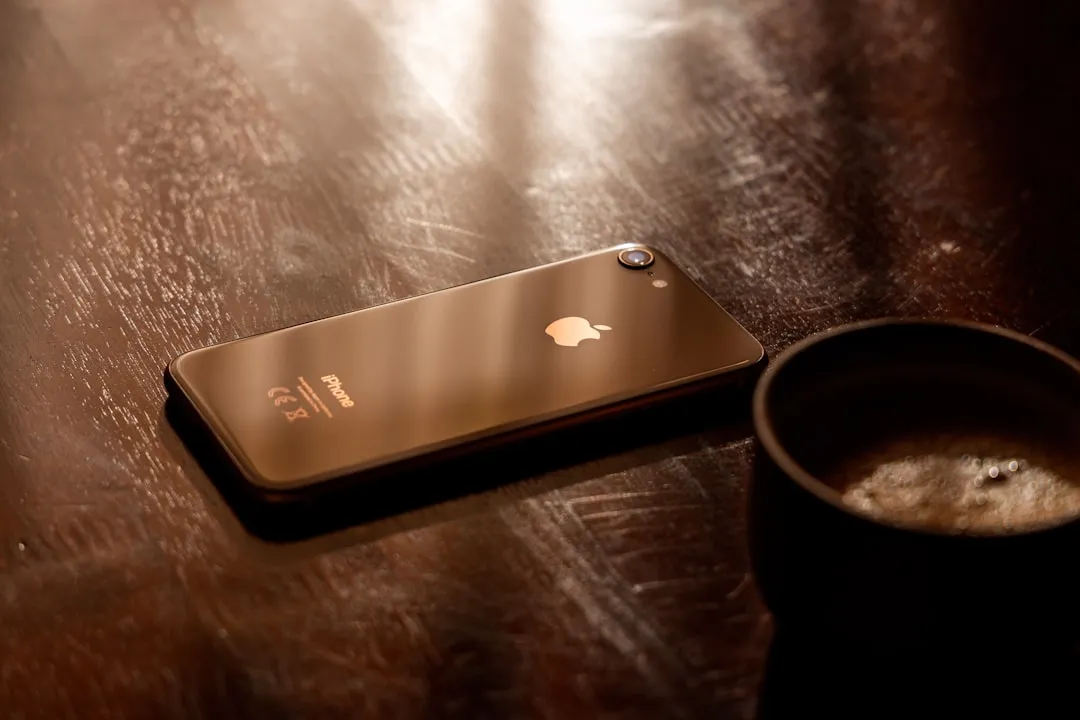
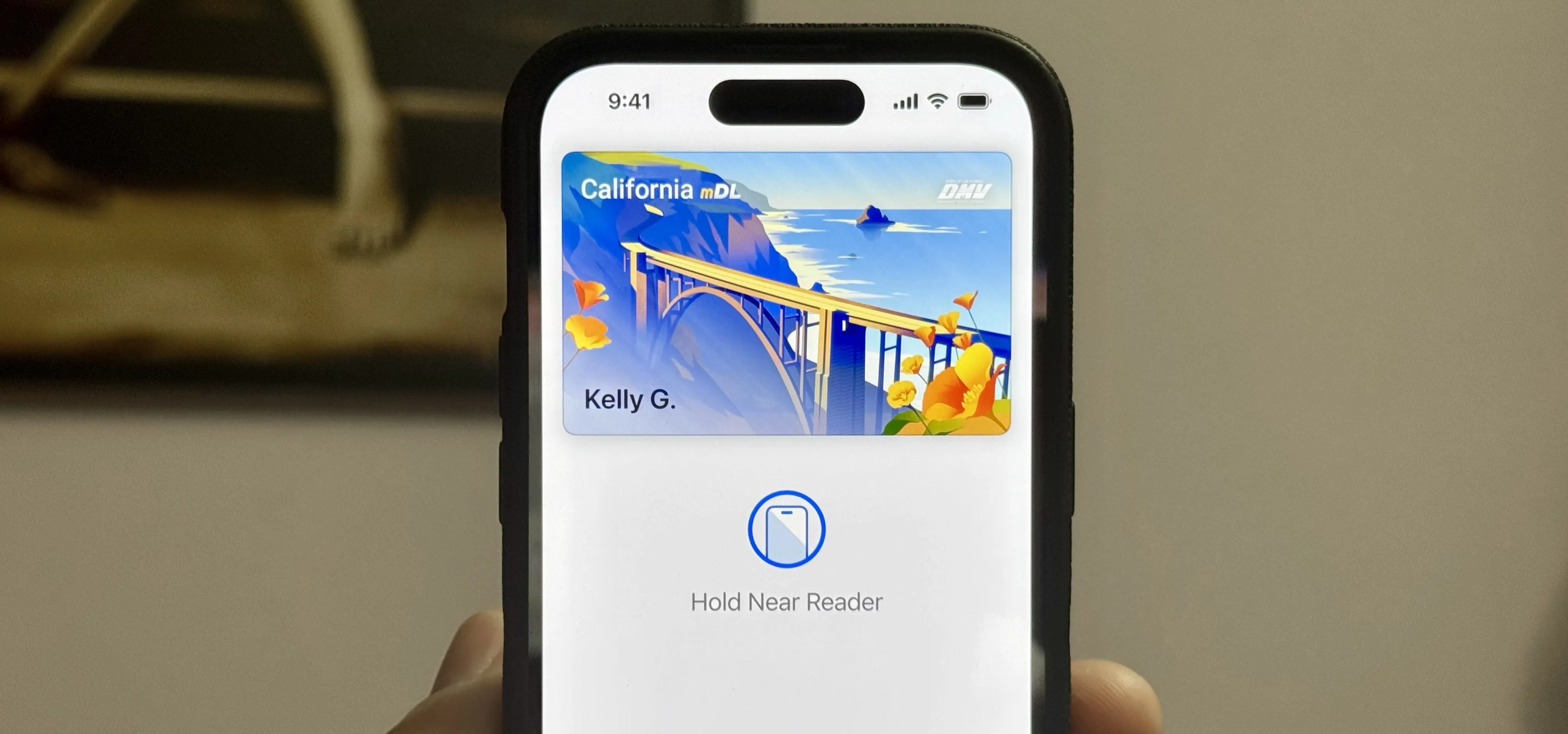
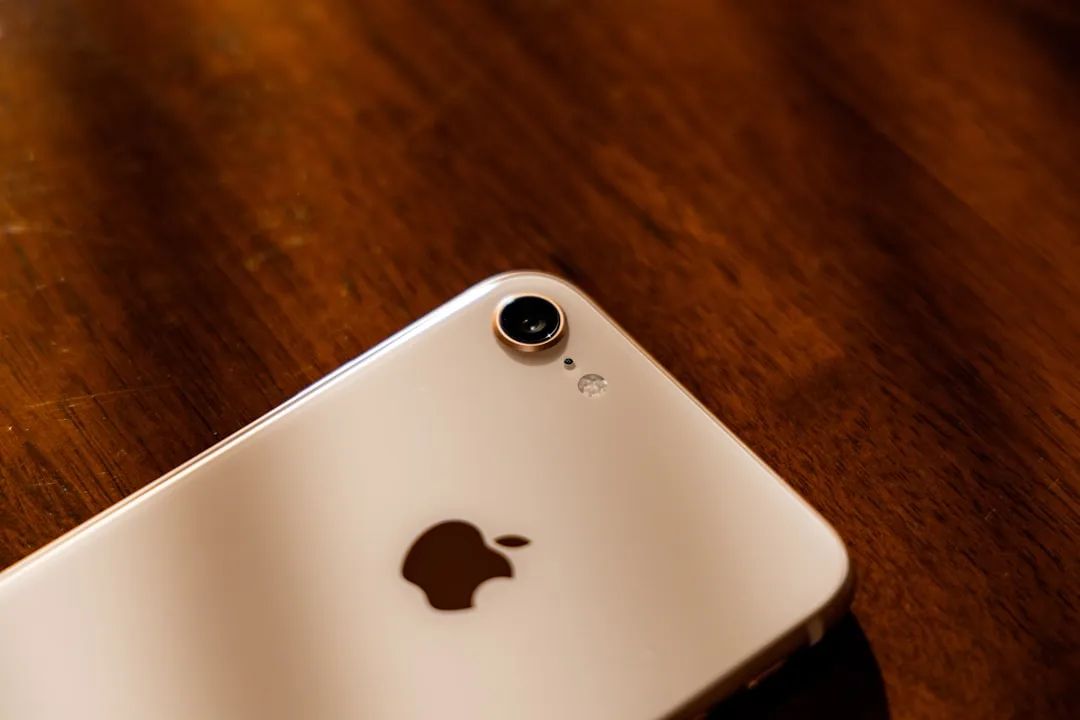
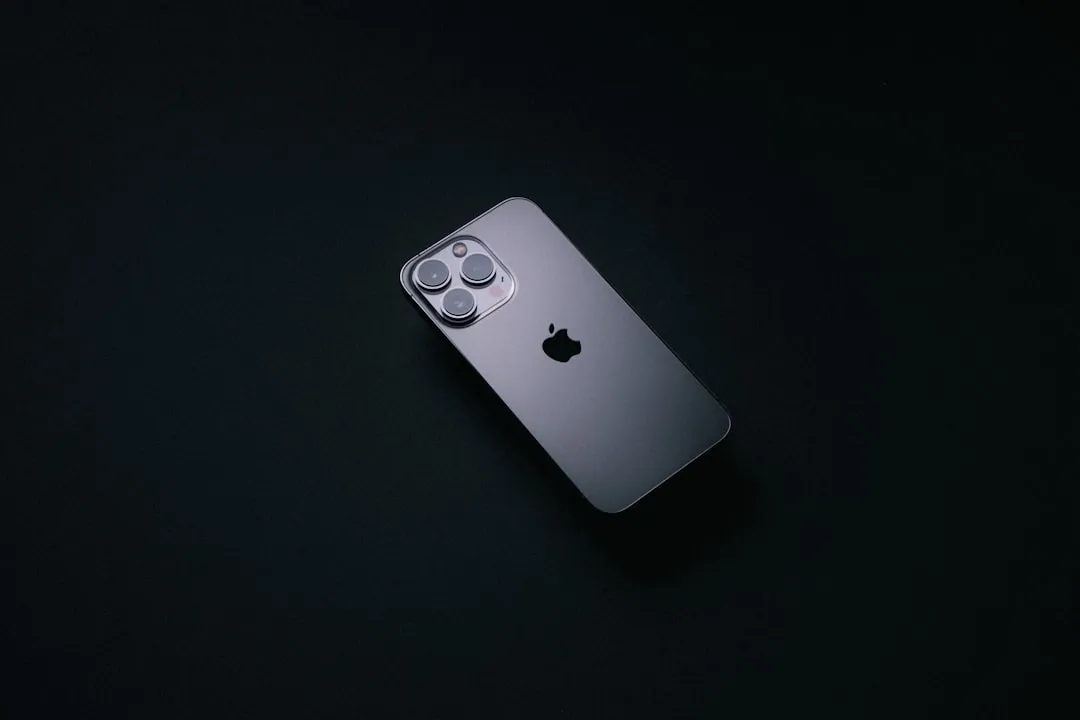
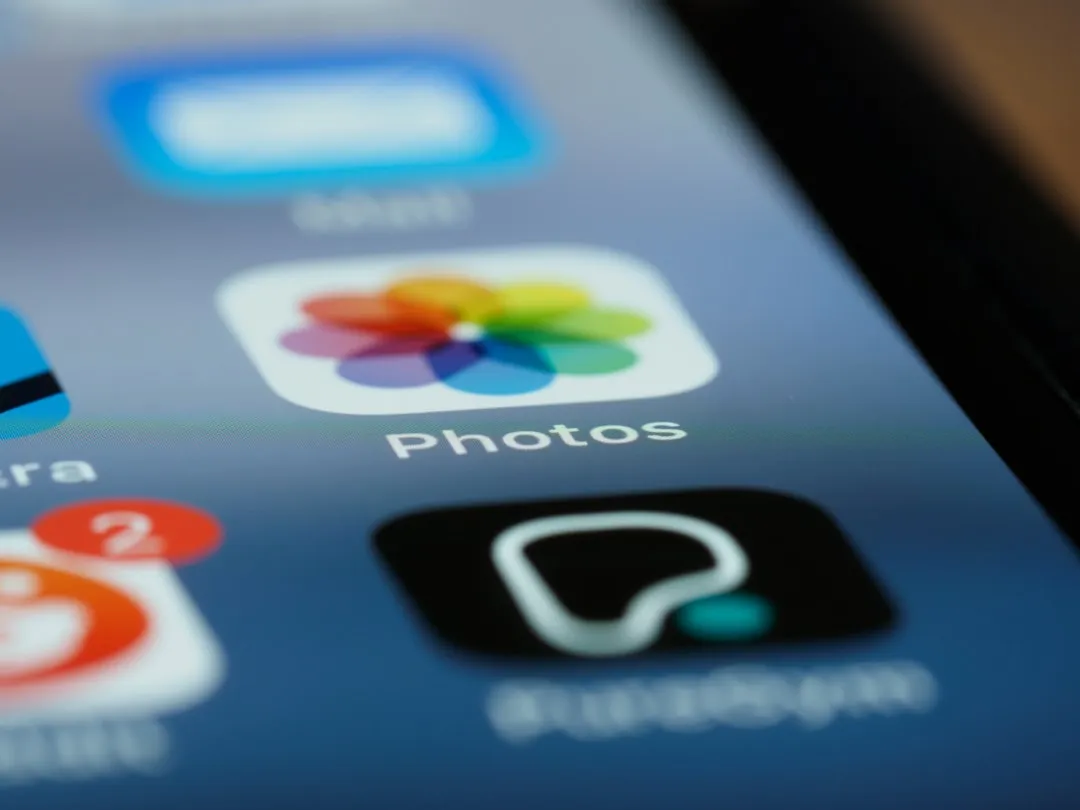
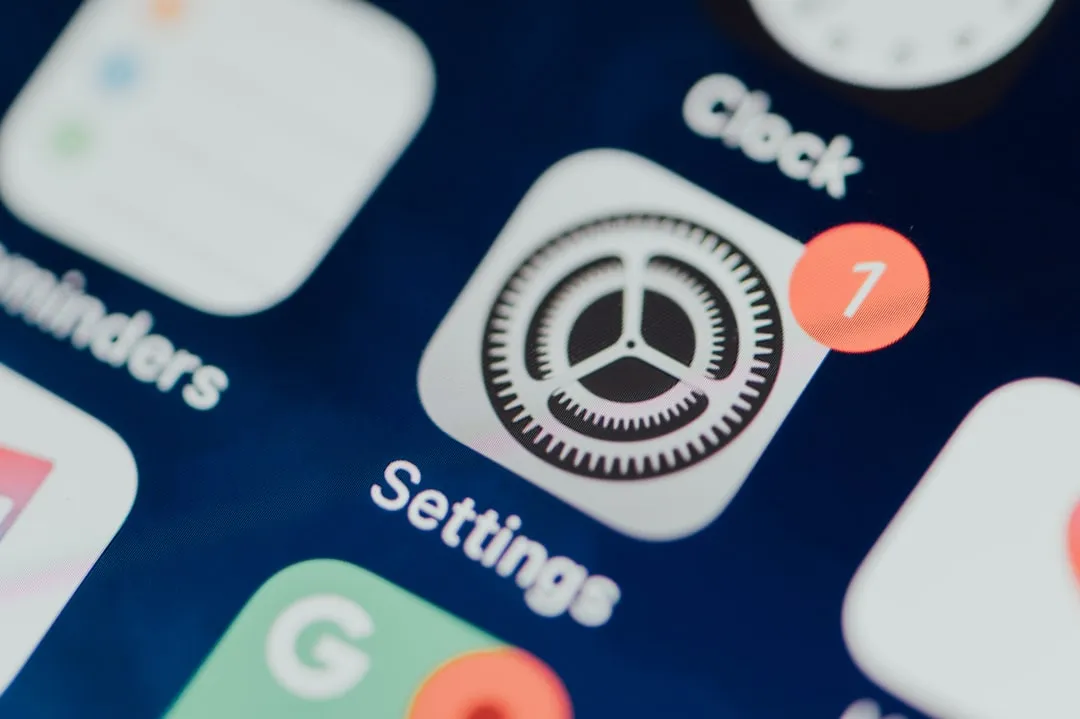
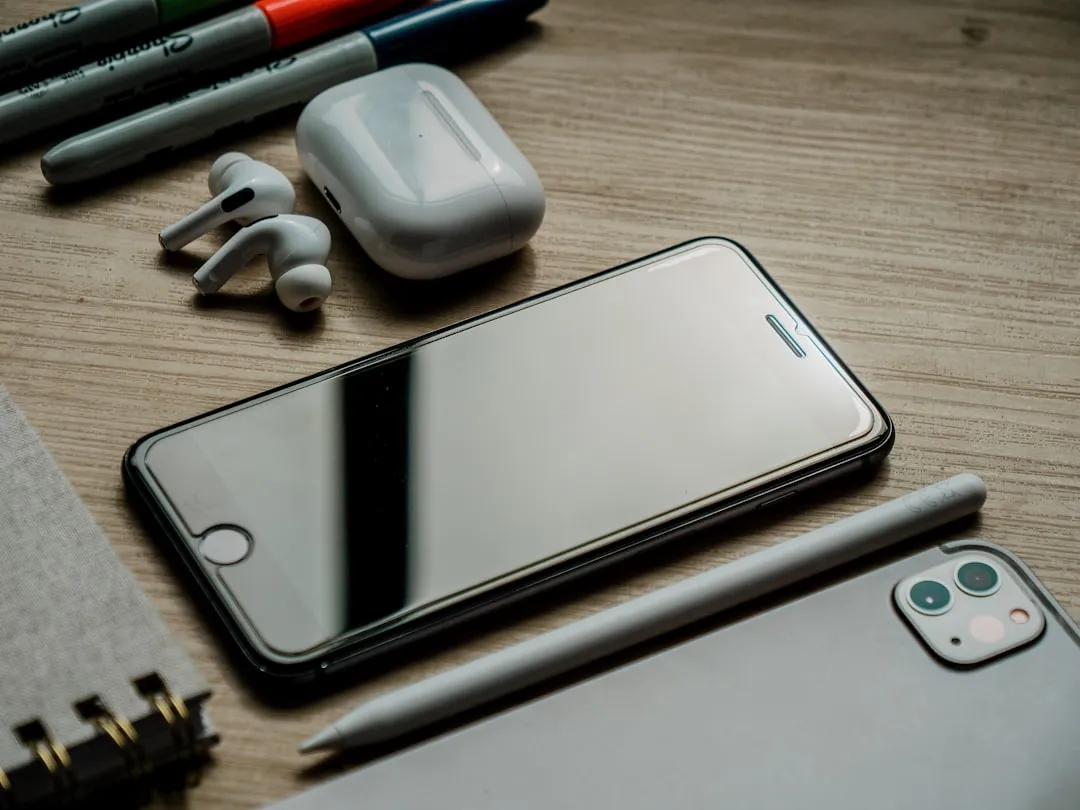

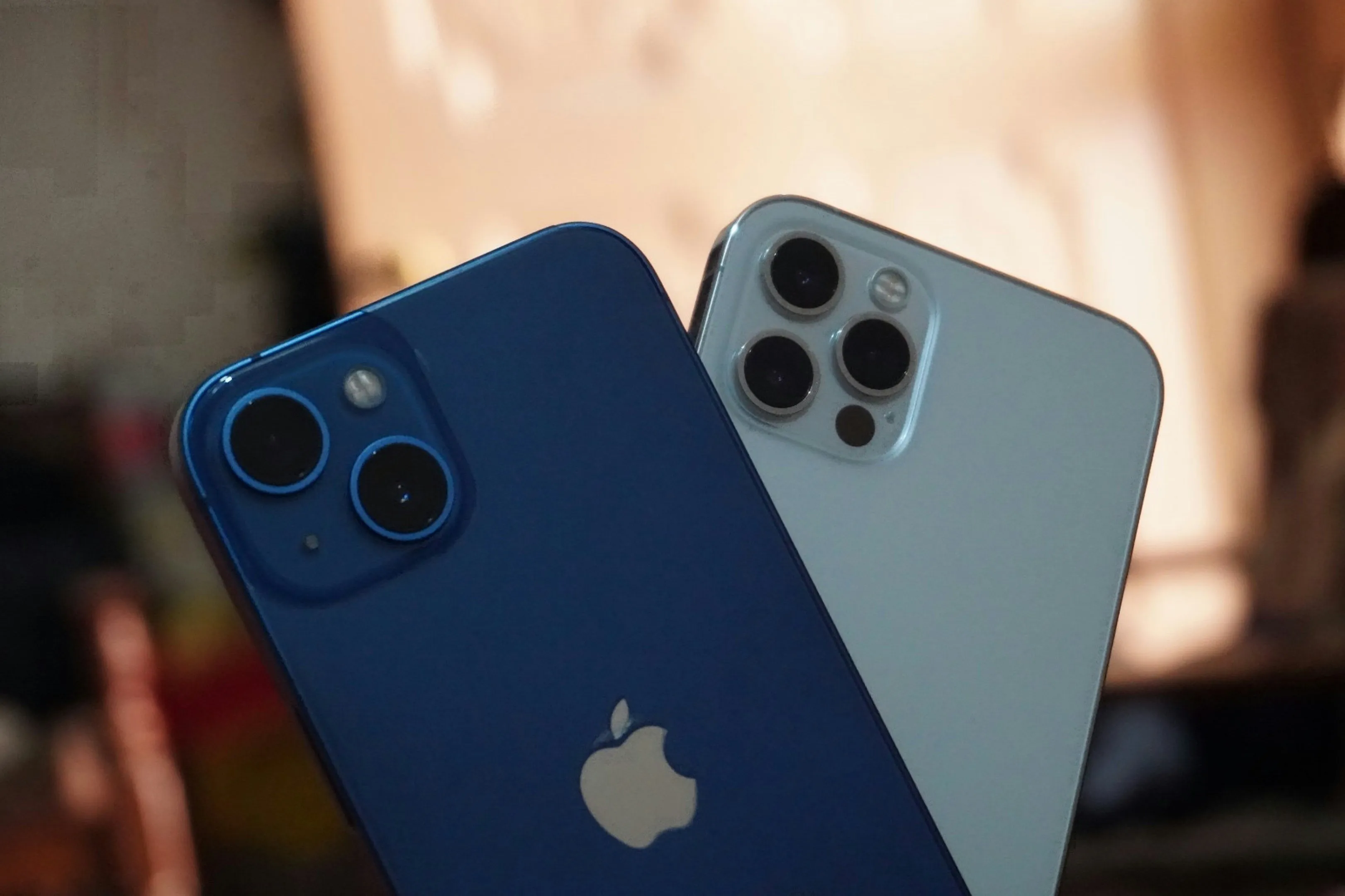

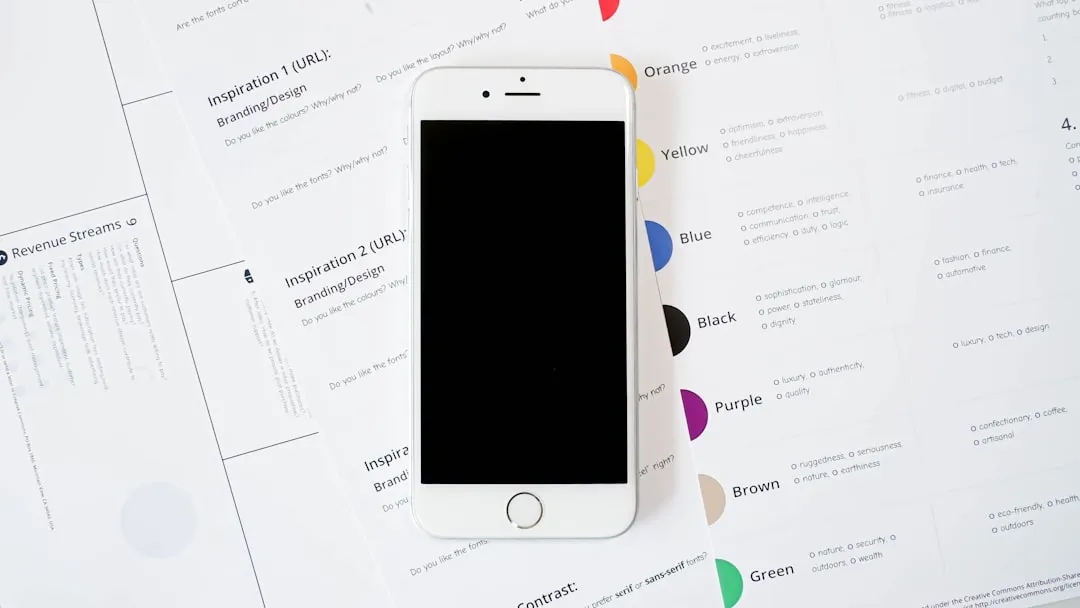
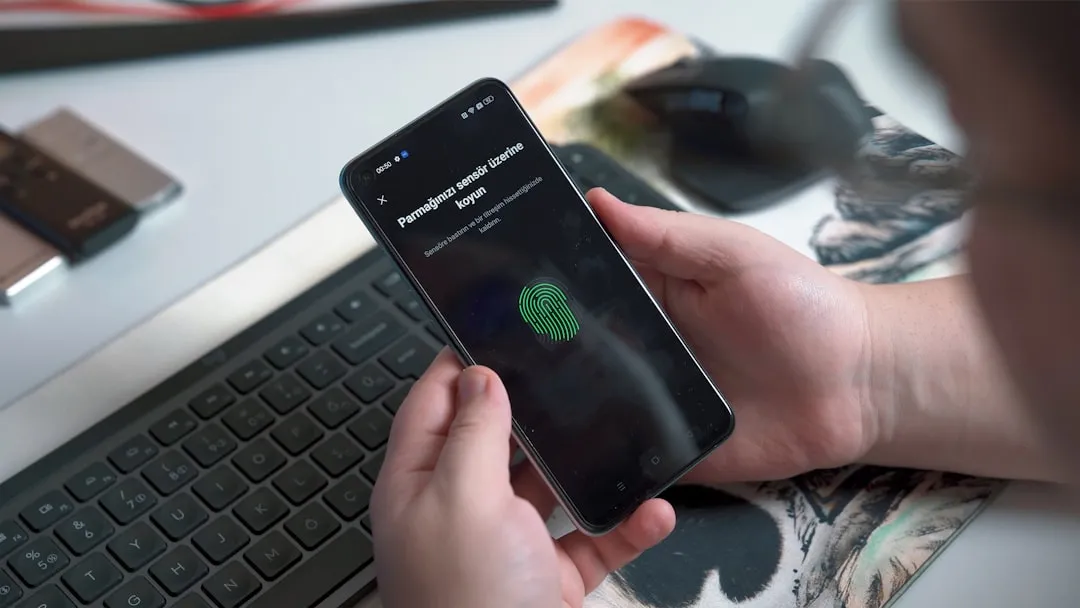
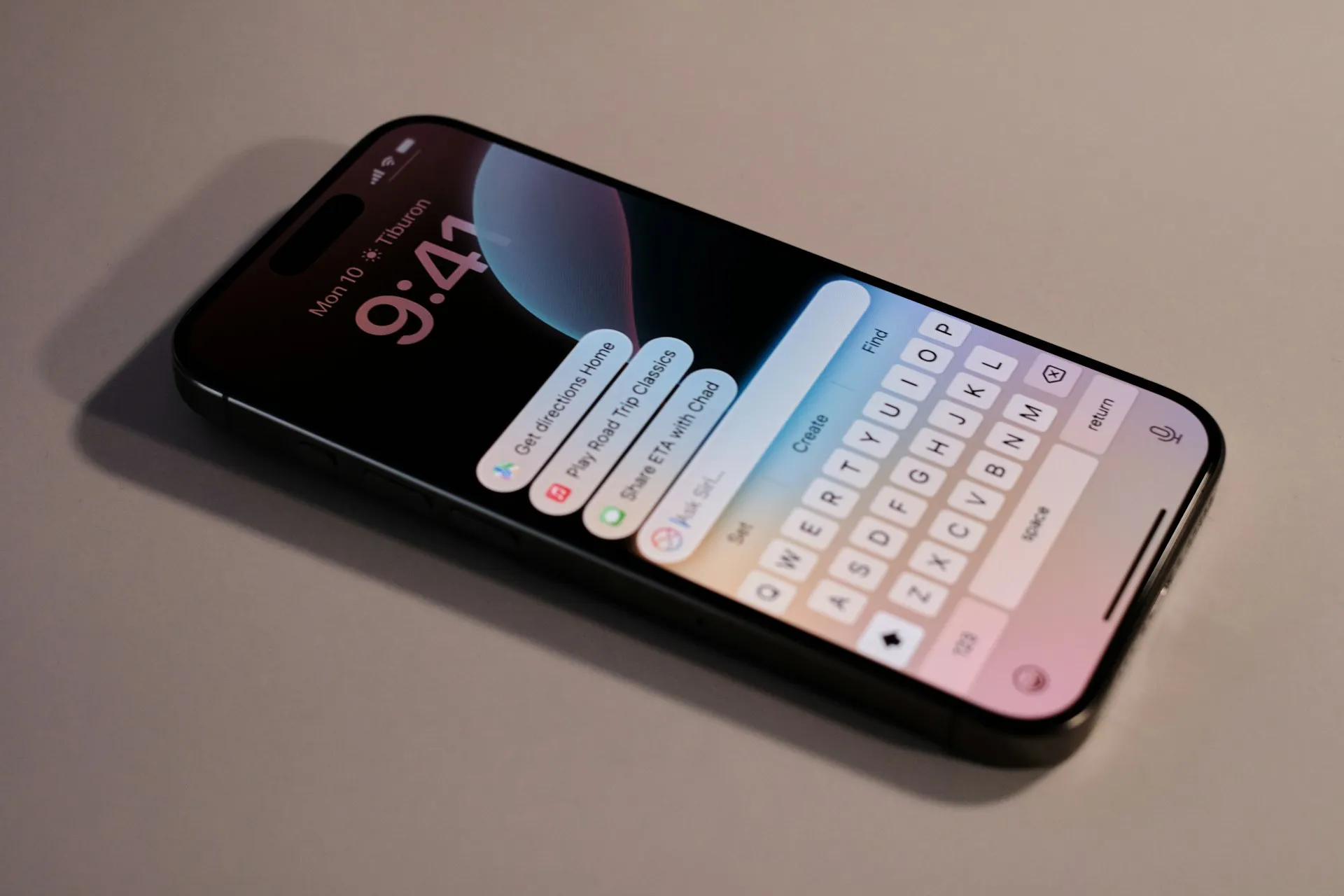

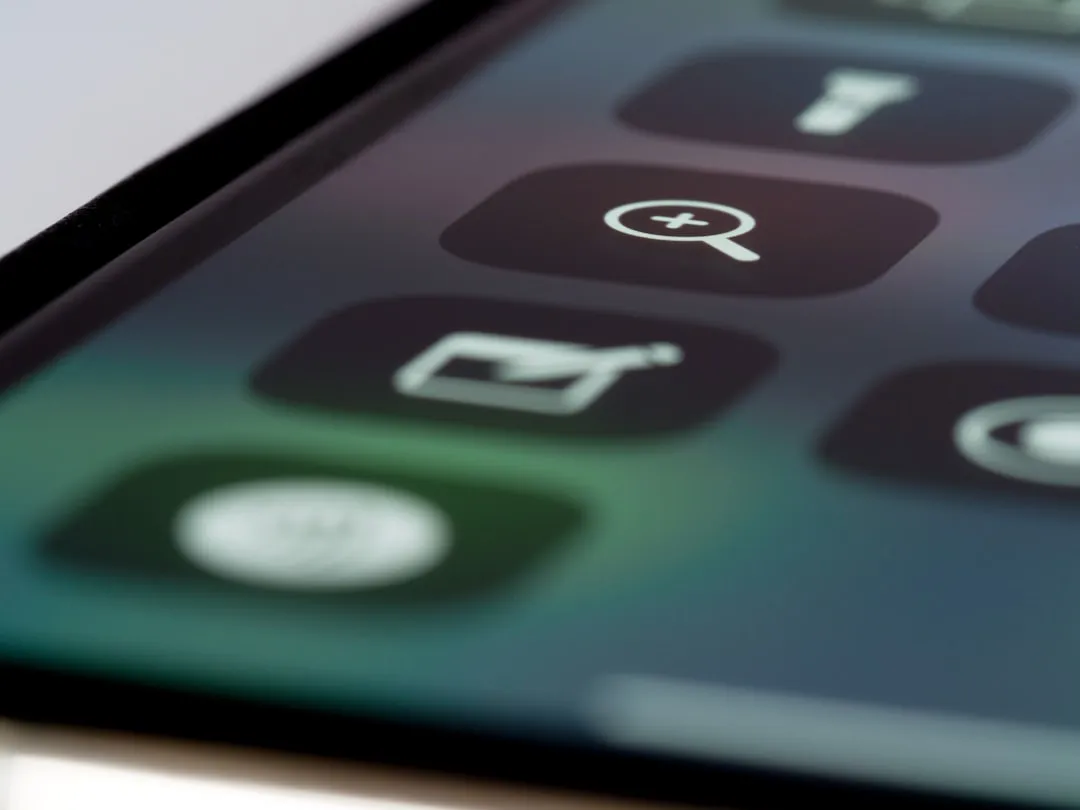
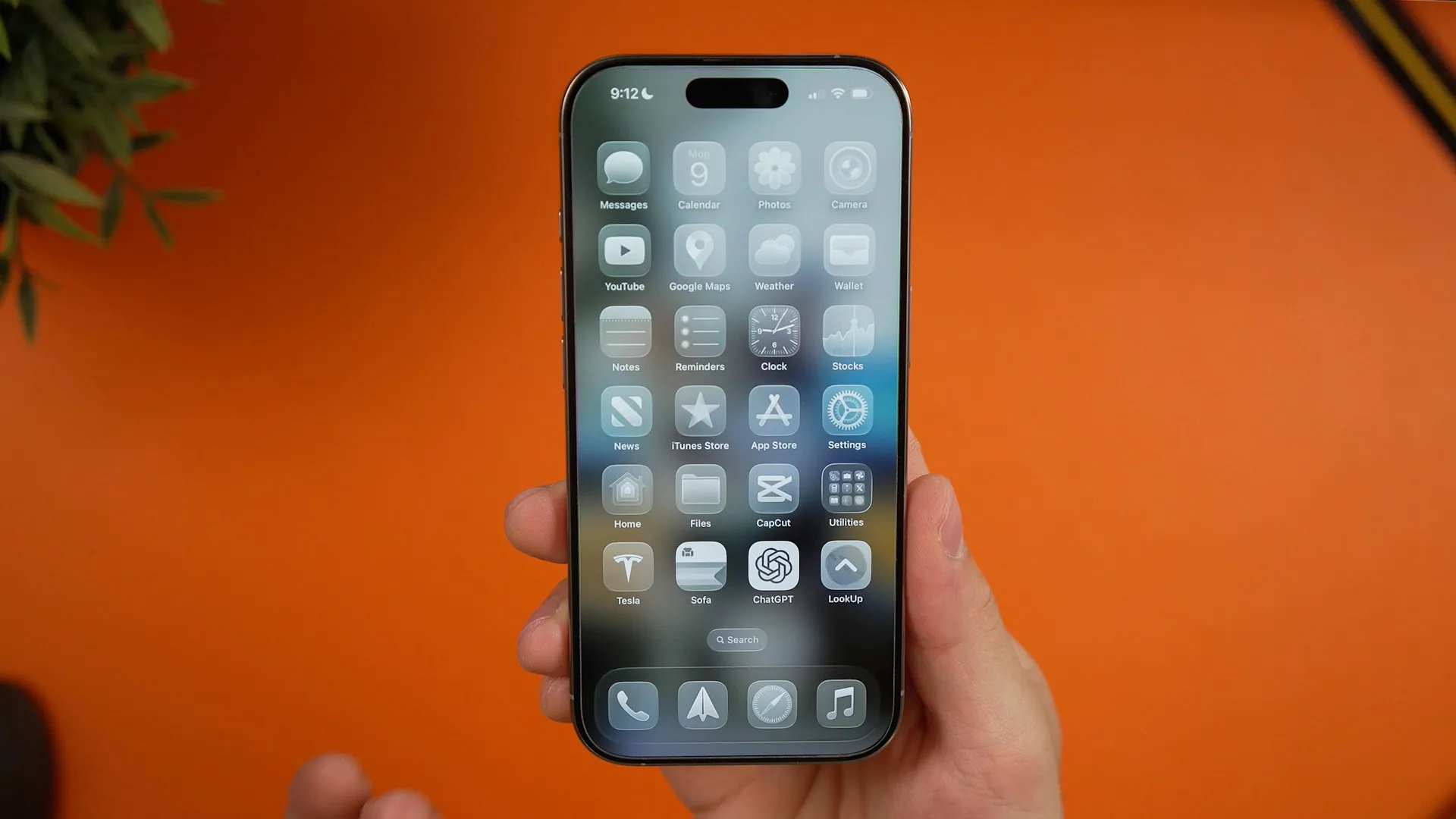
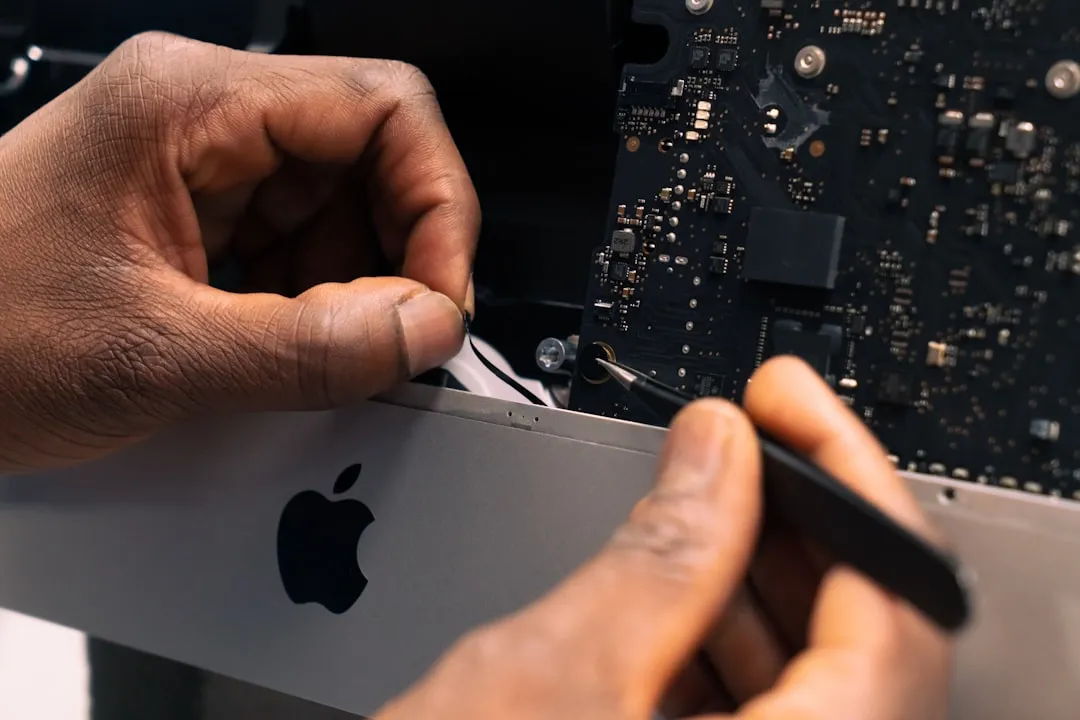
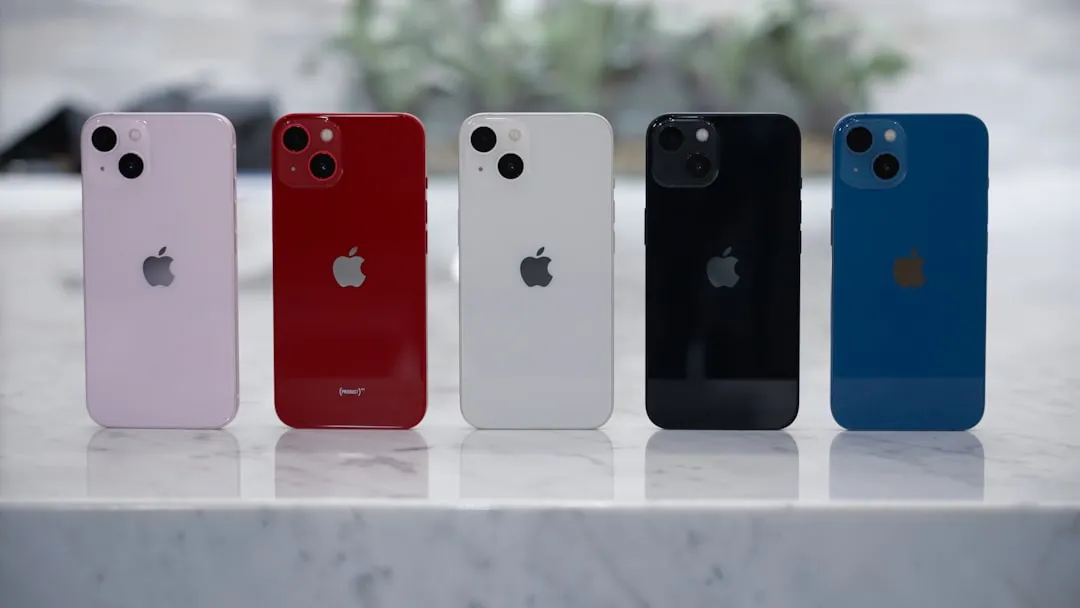
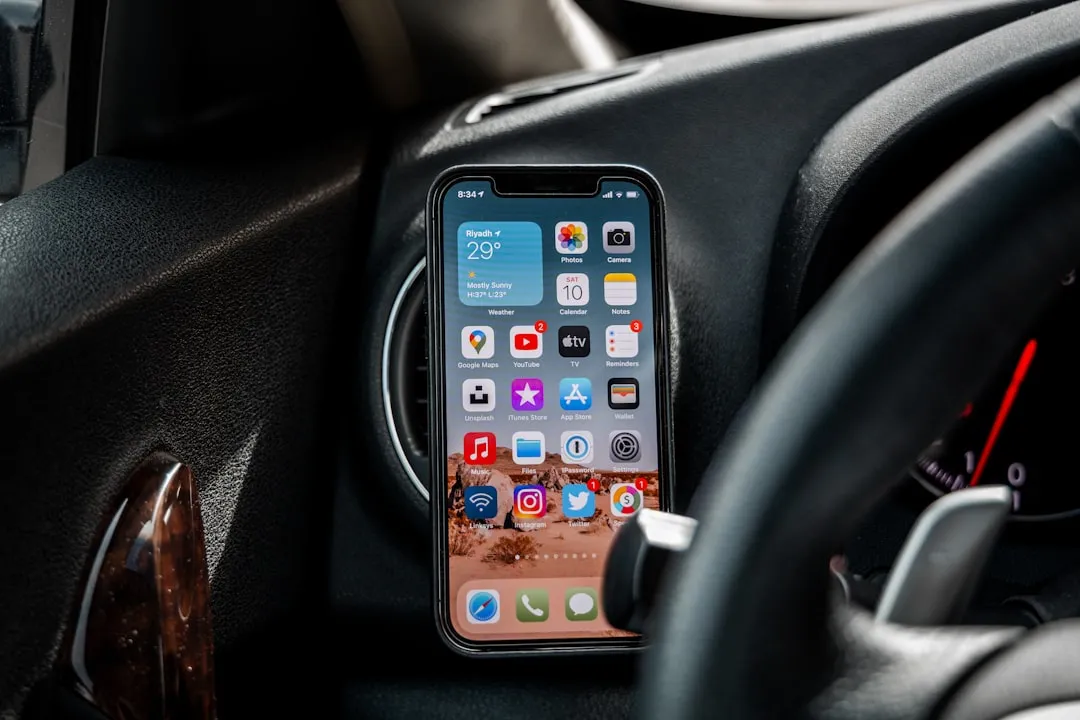


Comments
Be the first, drop a comment!